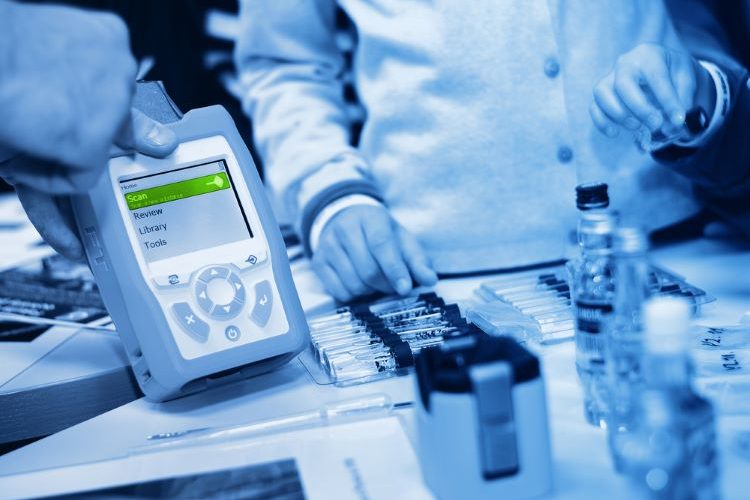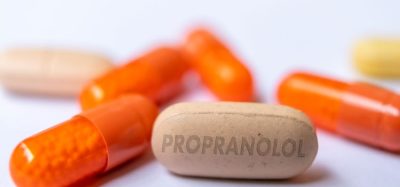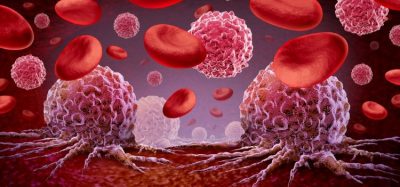Raman spectroscopy market expected to value $875m by 2028
Posted: 6 September 2023 | Catherine Eckford (European Pharmaceutical Review) | No comments yet
A report has shown that growing demand for accurate identification of pharmaceutical raw materials is anticipated to boost the global Raman spectroscopy market.


A report published by Lucintel predicts that the global Raman spectroscopy market will value $875.2 million by 2028, with a CAGR of 7.3 percent from 2023 to 2028.
Between 2023 to 2028, the research suggested that a greater focus on drug development, growing requirement for spectroscopy via cloud-based platforms, alongside the industry’s need for precise and effective analytical methods, will drive the market.
Market growth factors
The research predicted… handheld and portable Raman instruments will lead the market”
The research predicted that for instruments used in Raman spectroscopy as an analytical technique in the forecast period, handheld and portable Raman instruments will lead the market.
An increasing demand for quantifying biomolecules, hyperspectral molecular imaging of cells and tissues, and accurate identification of pharmaceutical raw materials are other factors expanding the global Raman spectroscopy market, the report highlighted.
Additionally, the industry’s increasing use of solid-state pharmaceutical products is also helping to grow the market. Raman spectroscopy’s capability to visualise drug and excipient distribution in the pharmaceutical formulations was also noted as a key factor.
According to the authors, North America will remain the fastest growing region over the forecast period.
In the research, Thermo Fisher Scientific, Bruker Corporation and Agilent Technologies were reported as some of the key players in the global Raman spectroscopy market.
Applications of Raman spectroscopy
A 2023 paper published in Journal of Raman Spectroscopy demonstrated that a support vector machine (SVM) analysis of the spent culture media of stem cells could establish cell pluripotency.
As current methods for rapidly assessment of pluripotency during cell expansion are limited, the research suggested that Raman spectroscopy can be highly effective for monitoring and controlling stem cell growth.
As an example of the potential of stem cells for treating rare or chronic diseases, Novartis recently published data from its Phase I/II clinical trial. The findings suggested that stem cell gene therapy could provide a curative treatment for sickle cell disease (SCD).
Related topics
Analytical techniques, Big Pharma, Biopharmaceuticals, Clinical Development, Data Analysis, Drug Development, Research & Development (R&D), Spectroscopy, Technology, Therapeutics
Related organisations
Agilent Technologies, Bruker Corporation, Lucintel, Thermo Fisher Scientific









